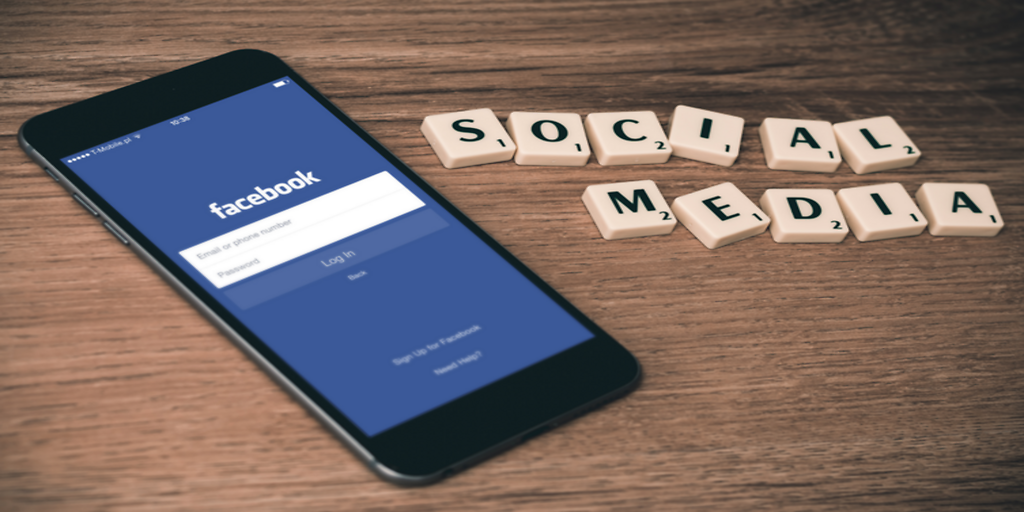You’ve almost certainly heard of Google Ads. After all, it’s why you’ve come. However, you may be perplexed as to how Google Ads generates customers for your company and how exactly do they work. Google Ads is a paid ad platform that falls within the pay-per-click (PPC) marketing channel, in which advertisers pay per click or per impression (CPM) on an ad. This guide will explain the different keyword match types digital marketers utilise to reach their goals.
Keyword match types
Keywords are words or phrases that are used to match advertisements to the terms that people are searching for. These ads are found at the top and bottom of SERPs. The keyword match types specify how closely the term must match the user’s search query for the ad to be considered for the auction. You may utilise broad match to offer your ad to a broader range of user searches, or exact match to target specific user searches. You can choose a broad match, phrase match, or exact match for your keyword match type when designing a text ad in your PPC campaign. Each form of match type in your Google Ads account has its own set of benefits and drawbacks.
Broad match
While Googles machine learning and Algorithms have got smarter, broad match provides the least amount of restriction, matching your ads with a wide variety of search terms. When you choose broad match, your ad will show up whenever a user’s search query contains any word from your key phrase, regardless of the sequence. If you use broad match on “wedding guest dress,” for example, your ad may appear when someone searches “occasion dress,” “wedding outfits,” or “jumpsuits for weddings.” Google may also use synonyms to match your ad to searches such as matching “sundresses” to the keyword “summer dresses”
The broad match type is a great way to drive traffic however you should keep a close eye on your search terms report as costs can rise quickly.
Phrase match
Phrase match gives you a little more control than broad match but not as much as exact match; your ad will only appear if someone searches for your key phrase exactly as you typed it, even if there is other text before or after it. There has also been a recent adjustment, with broad match modifier being deleted and phrase match being simplified by merging phrase match’s control with broad match modifier’s wider reach. If you select phrase match on “summer dresses,” your ad can show up when someone searches for “mini summer dresses” or “summer dresses.”
Exact match
Exact match is the last of the three match types and thus provides the most control. It has evolved over the last few years and has become smarter in matching user internet. Previously, if you were bidding on the term “black maxi dress” it would only match that specific term and not a search like “formal black maxi dress”. Now the algorithm allows for plurals and variations of the keyword. Exact math can help with keeping conversions and ROI high due to a closer search intent but can have less traffic.

Negative keywords
Unfortunately, most campaigns end up spending more money on search terms that do not convert than we intended. Negative keywords use the same three match types as positive keywords. The big distinction is that if you want to eliminate a keyword, you must include all synonyms and nearby variations. By tightening up ad groups and campaigns with negative keywords, you can significantly enhance CTR and conversion rates and improve your paid search strategy.
Conclusion
Google Ads should be a component of your paid strategy because of its reach and authority. Start with doing your keyword research by using tools such as keywordtool.io and Google trends and test different keywords match types and strategies to find what works best for your business.
If you found this article useful, click here for more digital marketing guides and blogs.





